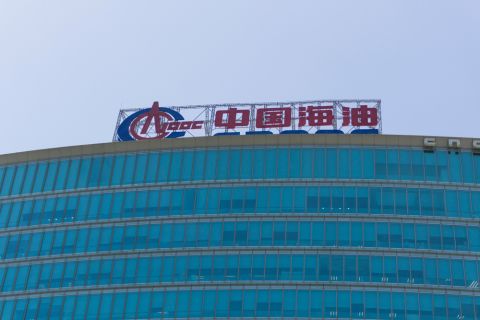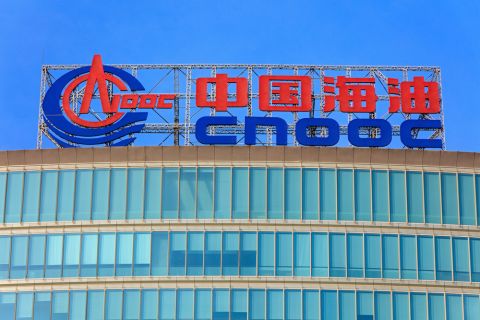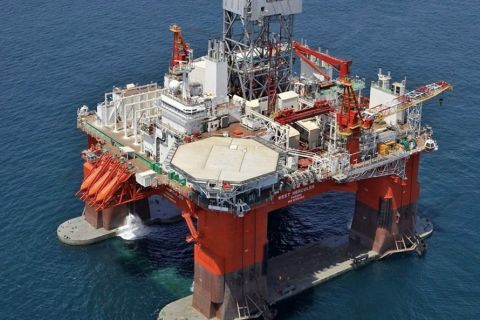U.S. oil companies on July 15 began restoring some of the more than nearly 74% production shut at U.S. Gulf of Mexico (GoM) platforms ahead of Hurricane Barry, the U.S. offshore drilling regulator said.
There was 1.3 million barrels per day (bbl/d) of oil production off line in the U.S.-regulated areas of the GoM on July 15, about 80,000 barrels less than on July 14, according to the U.S. Bureau of Safety and Environmental Enforcement (BSEE).
Workers also were returning to the more than 280 production platforms evacuated. It can take several days for full production to be resumed after a storm leaves the GoM.
Anadarko Petroleum, BHP Group and Chevron Corp. on July 15 said they had begun returning staff to evacuated platforms and were in the process of restoring operations.
Barry went ashore in central Louisiana as a category one hurricane with at least 74 miles per hour (119 km per hour) on July 13 after emerging into the GoM from Florida earlier in the week. On July 15, it was a tropical depression and dropping up to four inches (10 cm) of rain on Arkansas.
In Barry’s wake, offshore natural gas production in the GoM was down 61%, or 1.7 billion cubic feet per day (Bcf/d), on July 15, BSEE said.
The amount of gas flowing to Cheniere Energy Inc.’s Sabine Pass LNG export facility in Louisiana, rose to a one-week high of 3.7 Bcf/d.
Last week, the amount of gas flowing to Sabine fell to a 13-week low of 2.9 Bcf/d on July 11, according to Refinitiv.
Most refineries in southeast Louisiana kept running through the storm except for Phillips 66’s 253,600-bbl/d Alliance, Louisiana, refinery, which the company began restarting on July 15.
The Alliance refinery was shut on July 12 due to the threat of flooding and a mandatory evacuation order in Plaquemines Parish, where the refinery is located along the Mississippi River.
Recommended Reading
Sinopec Brings West Sichuan Gas Field Onstream
2024-03-14 - The 100 Bcm sour gas onshore field, West Sichuan Gas Field, is expected to produce 2 Bcm per year.
Well Logging Could Get a Makeover
2024-02-27 - Aramco’s KASHF robot, expected to deploy in 2025, will be able to operate in both vertical and horizontal segments of wellbores.
CNOOC Makes 100 MMton Oilfield Discovery in Bohai Sea
2024-03-18 - CNOOC said the Qinhuangdao 27-3 oilfield has been tested to produce approximately 742 bbl/d of oil from a single well.
CNOOC Finds Light Crude at Kaiping South Field
2024-03-07 - The deepwater Kaiping South Field in the South China Sea holds at least 100 MMtons of oil equivalent.
Orange Basin Serves Up More Light Oil
2024-03-15 - Galp’s Mopane-2X exploration well offshore Namibia found a significant column of hydrocarbons, and the operator is assessing commerciality of the discovery.





